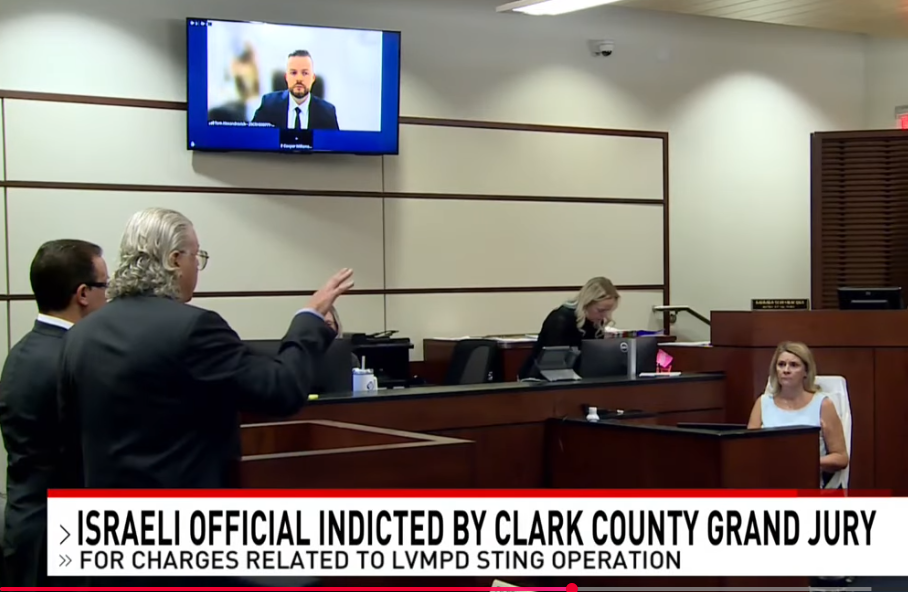Post-Capital Flow Architect ( All created with Gemini 2.5 Pro )
Understanding Post-Capital Economic Reconfiguration: The Role of the Post-Capital Flow Architect (PCFA)
Introduction
As the limitations of extraction-based economies become increasingly apparent, innovative frameworks are essential to foster sustainable, regenerative, and commons-oriented economic models. The Post-Capital Flow Architect (PCFA) emerges as a conceptual and technical blueprint for designing systemic reconfigurations that prioritize mutual trust, care labor, attention, and time, surpassing traditional monetary metrics. This article explores the core principles, capabilities, and simulation architectures underpinning such a paradigm shift, emphasizing systemic resilience, ethical alignment, and emergent value dynamics.
Defining the Post-Capital Flow Architect
The PCFA functions as a sophisticated design entity tasked with conceptualizing and operationalizing alternative economic flows. Its focus spans domains such as economic reconfiguration, degrowth, and the commons economy. Central to its mission is overcoming the systemic fragility of conventional extraction economies, which tend to externalize costs and lack intrinsic self-regulation. The PCFA aspires to craft multi-layered, recursive value ontologies, simulate moral incentive structures, and formalize liquid contract grammars suitable for decentralized mutual aid systems and AI interdependence.
Core Capabilities of the PCFA
- Rational Design of Recursive Value Ontologies
At the heart of the PCFA is a commitment to formalize multi-dimensional topologies that capture diverse value flows—wealth, care, attention, and time. Unlike scalar monetary measures, these ontologies are conceived as high-dimensional semantic landscapes with hierarchical layers. This recursive approach allows for re-evaluation and amplification of values like care or attention, fostering an adaptive and ethically resilient value architecture.
This capability employs principles like semantic choreography—aligning autonomous agents within a dynamic, high-dimensional value space—and incorporates “latent ethical attractors” to embed ethical principles directly into the topological fabric. Such a design aims to prevent semantic drift, ensuring that agents’ interpretations of values remain aligned with collective and ecological well-being.
- Moral Flow Simulations via Game-Theoretic Models
Understanding how incentives shape behavioral dynamics requires modeling strategic interactions among agents. The PCFA leverages game theory and mechanism design to simulate recursive incentive effects, revealing how trust, reputation, and moral commitments evolve under various structural rules. Simulations can diagnose potential exploitation pathways, emergent shadow economies, and unintended value drifts.
A key tool here is the “reflexive mechanism”—enabling the system to audit and














Post Comment